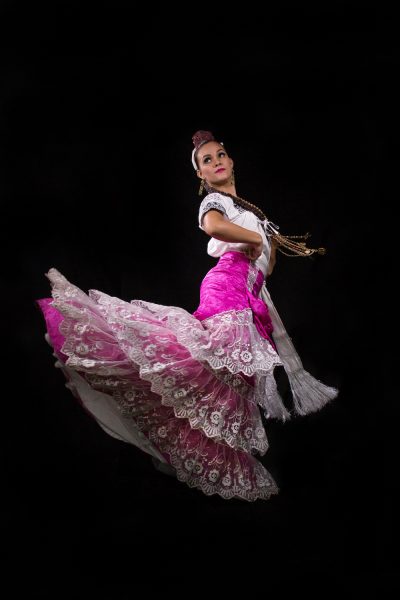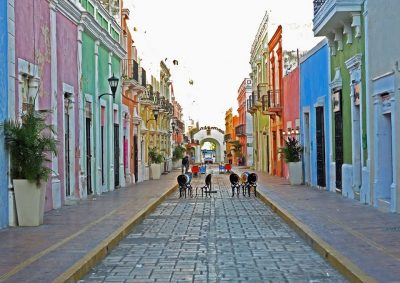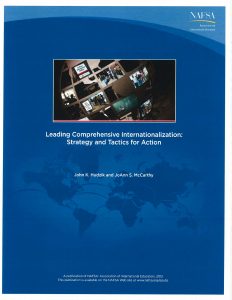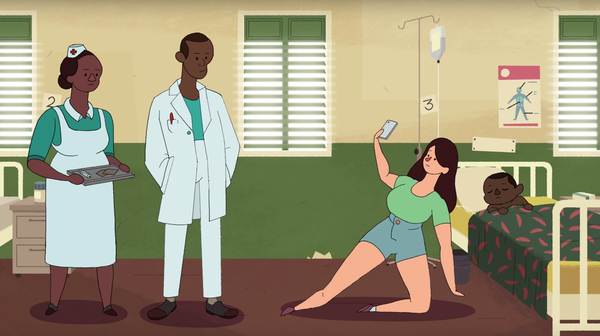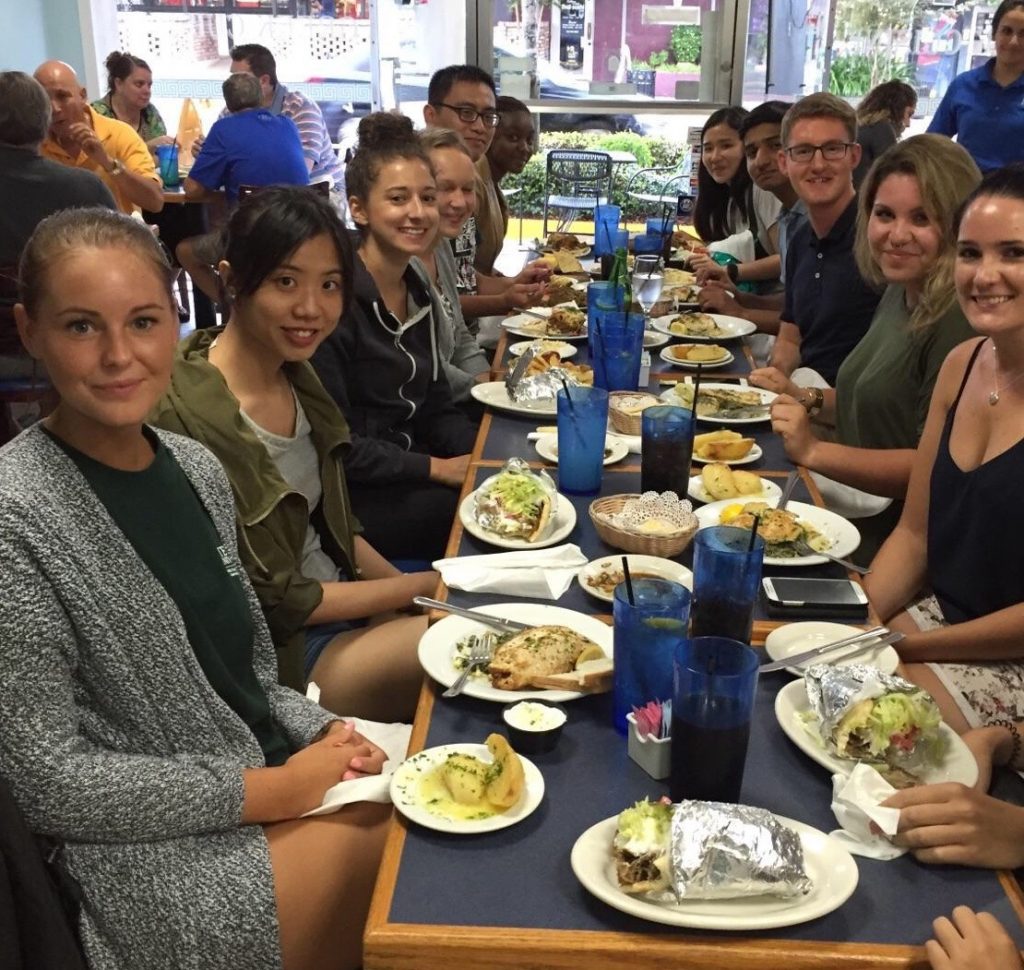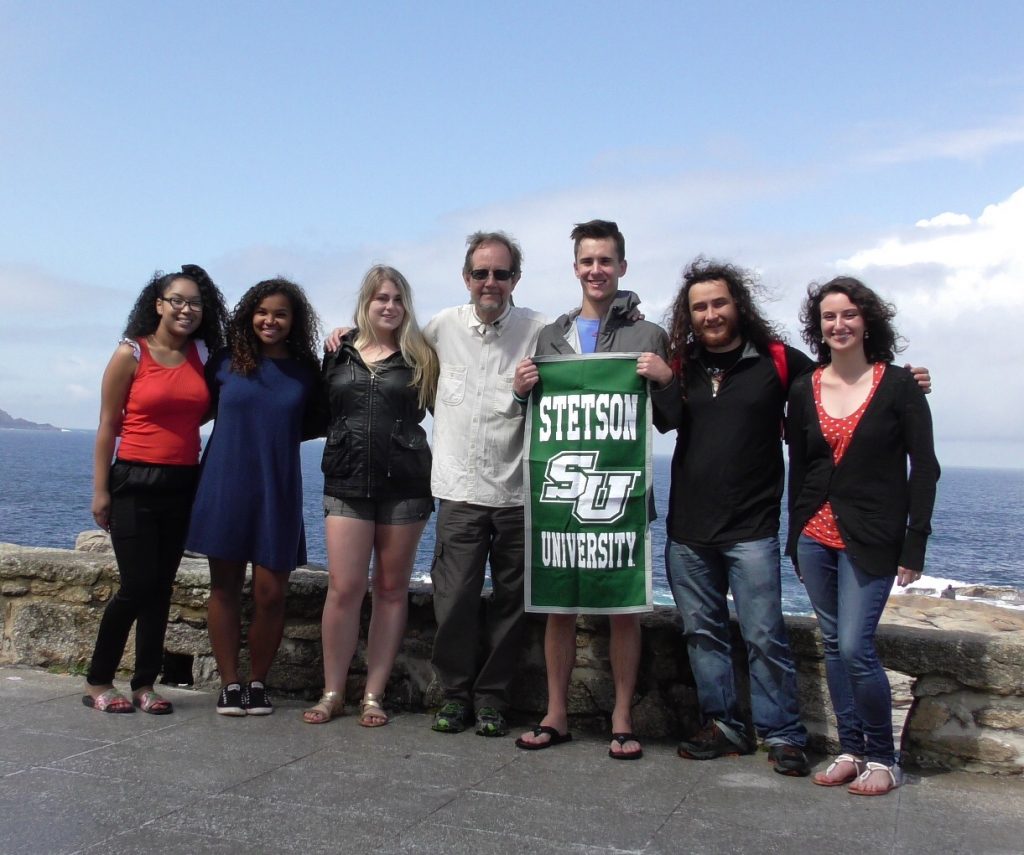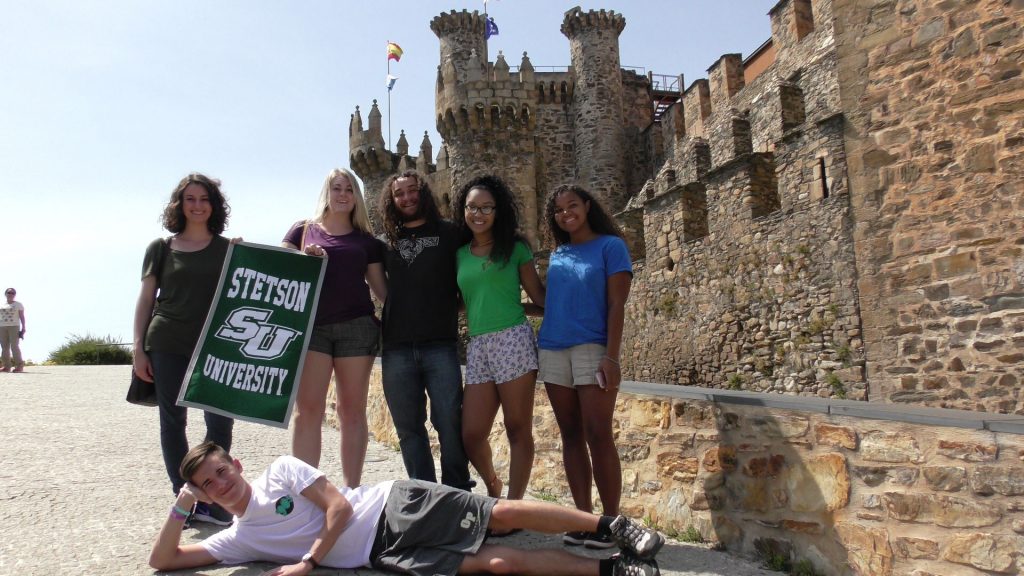International students bring welcome diversity to campus, but to thrive they need support

At Portland State University two graduate students in the Conflict Resolution Program—one from Egypt, the other from Syria—recently set up a group to support students from countries at war. The students began their work before the Paris terror attacks in November 2015. After the attacks they decided to add discussions about safety and how the university could help international students feel they were an important part of campus life.
International students in the United States are witnessing a complex time both at home and abroad, which can affect how at ease they feel on U.S. campuses. A survey conducted by the American Association of Collegiate Registrars and Admissions Officers found that political events have had an impact on the opinion of prospective students: nearly 40 percent of U.S. educational institutions saw a drop in international applications, especially those from the Middle East, for fall 2017.
“It’s about giving our international students the chance to experience being part of a university campus. And we also want our domestic students to have positive interactions with international students.”
To reach out to the students and allow them to voice concerns, Portland State holds a wellness check half-way through the first semester, in four languages—Arabic, Chinese, English and Japanese. “Our mission is not just about teaching people English,” says Julie Haun, director of the PSU’s intensive English language program. “It’s about giving our international students the chance to experience being part of a university campus. And we also want our domestic students to have positive interactions with international students.”
A solid link with college life
Not only do international students now come from an array of countries and cultures, they also have varying levels of academic achievement, which can make their needs more complex. “Part of the challenge is that we have different types of international students,” says Thomas Lavenir, assistant director at James Madison University’s Center for Multicultural/International Programs. “We have English learners in a bridge program, exchange students here for one or two semesters, transfer students, incoming freshmen and graduate students.”
One way to ensure the right support reaches students is to expand the orientation programs that are already mandated by the federal government for all F-1 and J-1 visa holders. JMU’s three-day orientation includes information sessions about campus safety as well as social gatherings. Fifteen students from around the world provide peer support and create a link between new students and the campus.
Other institutions have followed a similar path. At Southern Methodist University, orientation for graduate students was at first splintered across academic departments. Now, though, the office of International Student and Scholar Services (ISSS) has taken charge of the process and disperses information about campus life, health and safety, enrollment, library and IT resources to all students. “Previously, some of the departments had one-day orientations, some were one or two hours, and some sent students to us,” says Anna Lippard, international services specialist at SMU. “ISSS began running orientation to make sure every international grad student is getting the information they need no matter what program they are in.”
These events help students unfamiliar with U.S. culture avoid costly mistakes. At JMU, Lavenir says, one student flew to Harrisburg, Pa., rather than Harrisonburg, Va., where the university is located; while another went to a hospital emergency room for a cold instead of seeing a doctor on campus.
“We try to use a personable, friendly approach to orientation so the whole ordeal of moving overseas and leaving your family behind can be made a lot smoother,” Lavenir explains. The peer-to-peer service, he says, “helps personalize the experience and make it more comfortable for students to ask questions.”

Fresh perspectives on complex issues
Arabic students make up nearly 10 percent of the international cohort in 2014-15 and contributed just under $3 billion to the U.S. economy, according to Al Fanar Media, a publication covering higher education in the Arab world. But the U.S. immigration debate and President Trump’s much-publicized travel ban earlier this year have made many feel unwelcome. Mahamadou Sissoko is from Mali in West Africa, and studies finance at Portland State. “The ban wasn’t about my country directly,” he told KGW, an NBC-affiliated TV station in Portland, “but it took away the feeling of security.”
Portland State staff in the intensive English language program reached out to Jahed Sukhun, a former colleague and vice president of the Muslim Educational Trust in Portland. He met with Arabic-speaking students and led role-playing exercises to address what they might do if they felt uncomfortable or harassed on campus. The goal of these activities is to improve integration and inclusion, making sure that the students benefit from and feel part of college life.
At PSU, Christina Luther, the director of the Office of International Student & Scholar Services (OISS), partners with the Middle East Studies Center, the Global Diversity and Inclusion Office and the Conflict Resolution Program to promote dialogue about sensitive issues. Working with the Global Diversity and Inclusion Office, the OISS has organized a forum to provide information about Islam and show attendees how the religion differs from its portrayal in the news. “It will offer a different perspective than what’s flooding the media right now,” said Jill Townley, PSU’s associate director of international student life.
Research shows that interactions with foreign students on campus increase empathy in their U.S. peers and better equip them for a competitive and global employment market.
A richer educational experience
Such activities foster a dialogue that holds benefits for the student body. Discussion about tricky topics prepares all students for working in a complex world after they graduate. Research shows that interactions with foreign students on campus increase empathy in their U.S. peers and better equip them for a competitive and global employment market. The study, conducted by academics at Duke University found that forming friendships with students from other countries enabled the U.S. students to build leadership skills, relate to people of different races and religions, acquire knowledge independently, formulate creative and original ideas and even improve their computer skills. “With the campus environment more diverse than ever before,” the authors write, “institutions should promote a welcoming, caring and productive learning environment and foster opportunities for meaningful, substantial interactions in order to enhance students’ educational experiences.”
The presence of international students enriches both campus and academic life. And providing the support that allows them to integrate makes for a more diverse and engaging experience for all—a big part of what higher education is meant to be about. As PSU’s Jill Townley puts it, “The more we can connect students of different faiths and backgrounds, the more openness and understanding will develop.”

This content was paid for and created by Terra Dotta. The editorial staff of The Chronicle had no role in its preparation. Adopted from
 Jin helped lead Stetson to a 3-0 upset win over ASUN leader Kennesaw State on Saturday, posting eight kills and six blocks while hitting .438 for the match. Her solo block in the third set broke a 23-23 tie and was followed by Julie Varga’s game-winning kill.
Jin helped lead Stetson to a 3-0 upset win over ASUN leader Kennesaw State on Saturday, posting eight kills and six blocks while hitting .438 for the match. Her solo block in the third set broke a 23-23 tie and was followed by Julie Varga’s game-winning kill. Overall, Jin registered 10 blocks for the week and surpassed the 200-block mark for her Stetson career. She has 90 blocks on the season, sixth-most in the ASUN, including 20 solo blocks.
Overall, Jin registered 10 blocks for the week and surpassed the 200-block mark for her Stetson career. She has 90 blocks on the season, sixth-most in the ASUN, including 20 solo blocks.
